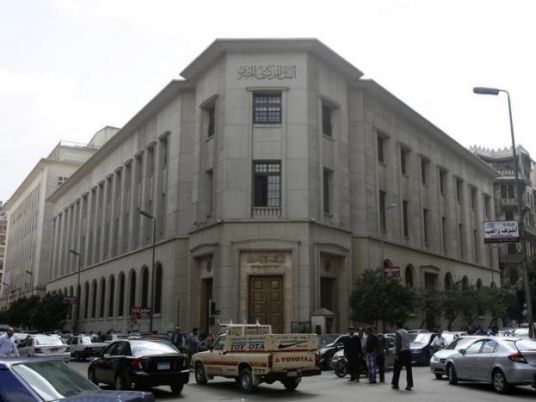Local and foreign press coverage of Egypt’s pro-democracy protests has mainly focused on Tahrir Square at the heart of Egypt’s capital in Cairo. Little attention has been paid to Upper Egypt, however, where renewed protests and violence has unfolded over the past two days. Relatively calm since the beginning of the protests on 25 January, the Upper Egyptian region has now fully entered the nationwide protest movement.
Violent clashes erupted Tuesday between policemen and demonstrators in al-Kharga, a city in the governorate of Wadi al-Gedid, 275km from Assiut.
A police officer cursed protesters standing by a local coffee shop, who replied by throwing stones at a police vehicle. The situation quickly degenerated when policemen opened fire with live ammunition at protesters, who replied by throwing Molotov cocktails at the police station. Protesters set fire to the nearby courthouse, the Traffic Regulation Authority building and the ruling National Democratic Party headquarters as violent clashes resulted in 69 injured and 3 deaths. Some victims were transported to the University Hospital in Assiut, which received orders not to disclose any information to journalists. Throughout the day, the police sent reinforcements and the clashes remained ongoing.
In Assiut, a small scale youth demonstration of 300 participants began on 25 January, and all of the demonstrators were immediately arrested by security forces. They were beaten by the police and detained for two days, despite a prosecutor’s order for their release. Since that time, protesters there have continued to organized city-wide demonstrations.
Samir Khachaba, former secretary of the Lawyers’ Syndicate, said that over 15,000 protesters demonstrated on Tuesday in downtown Assiut. They called for Egyptian President Hosni Mubarak to step down.
Khachaba, who was involved in securing the release of jailed demonstrators during the past 2 weeks, explained that “people have been afraid for a very long time.”
“The latest parliamentary elections have been particularly violent with state-hired thugs intimidating people,” he said. “But today, people have overcome their fear partly thanks to the inspiring demonstrations happening in Tahrir.”
Traditionally a rather depoliticized region, Upper Egypt’s protests are motivated by social and economic factors, according to Amr Choubaki, a researcher at Al-Ahram Center for Political and Strategic Studies. “The demonstrators in Upper Egypt are not activists. But the frustration caused by their economic and social situation is increasing, coupled with the feeling of being completely marginalized from the decision-making process,” he said.
Diaa Rachwane, an analyst from the Al-Ahram Center who originally hails from Upper Egypt, explained that people from this region, under the constant threat of repression, have rarely rebelled against the state. “Since the time of the pharaohs, the State has always maintained a strong presence in Upper Egypt, instilling both fear and respect among the population. Rachwane explained that escalating protests in Upper Egypt were spurred by economic problems such as a recent bread and flour shortage in local bakeries.
In the Beni Shouqeir village in the Manfalout district of Assiut, around 8000 people blocked roads on Wednesday with burning tree trunks. They attacked cars that attempt to pass, according to witnesses.
“What’s happening now is a spontaneous outburst,” said Rachwane. “People had a limited experience in conducting demonstrations; even those in Tahrir square required time to acquire it.”
The people in Assiut direct their anger at governmental buildings like the regional museum because “these buildings seem to represent local symbols of government injustice,” he added. In Luxor, the government appropriated farmers’ land belonging to farmers. Farmers now camp in these lands with the intention of staying.
Rachwane believes that the unrest will continue as long as the regime makes no real concessions.




